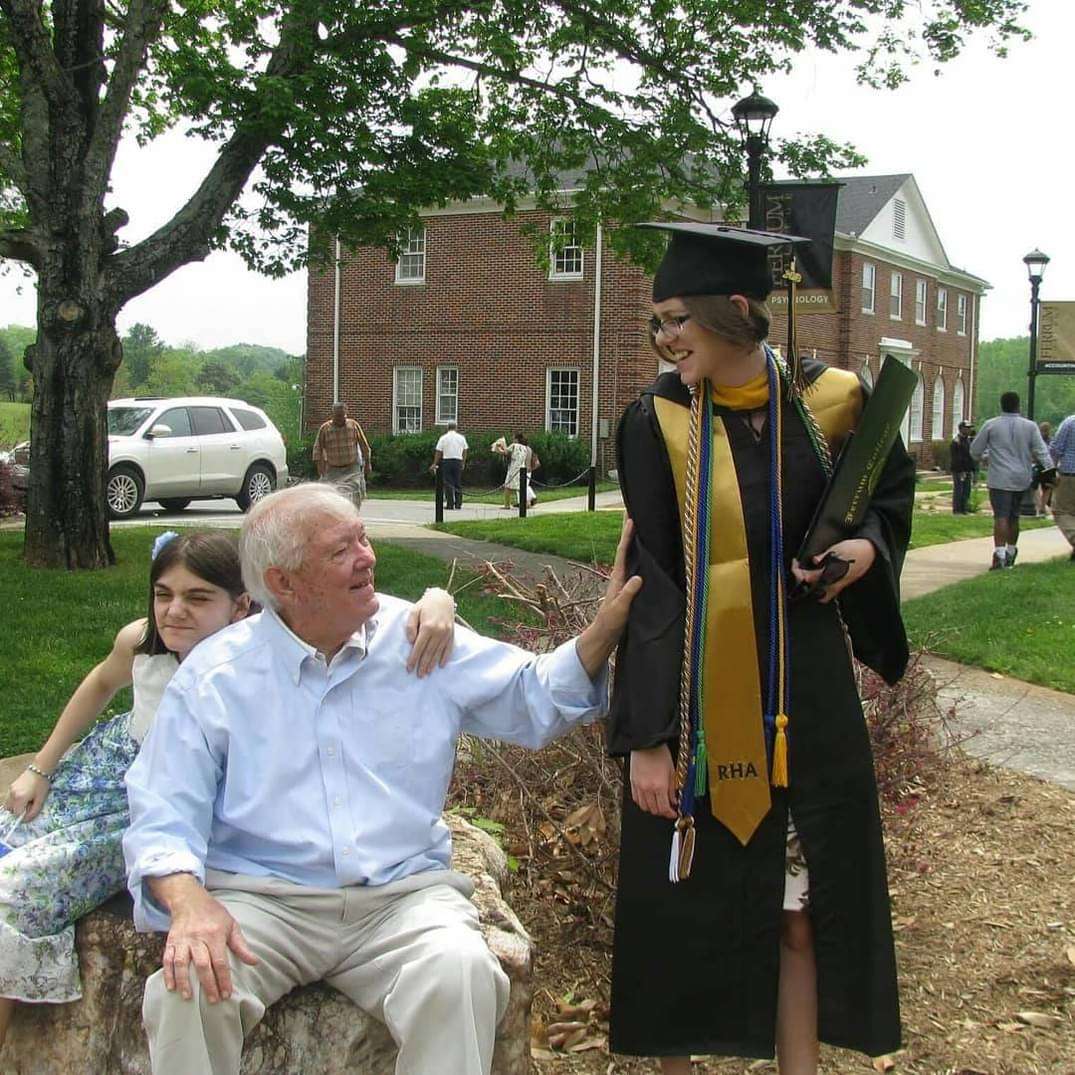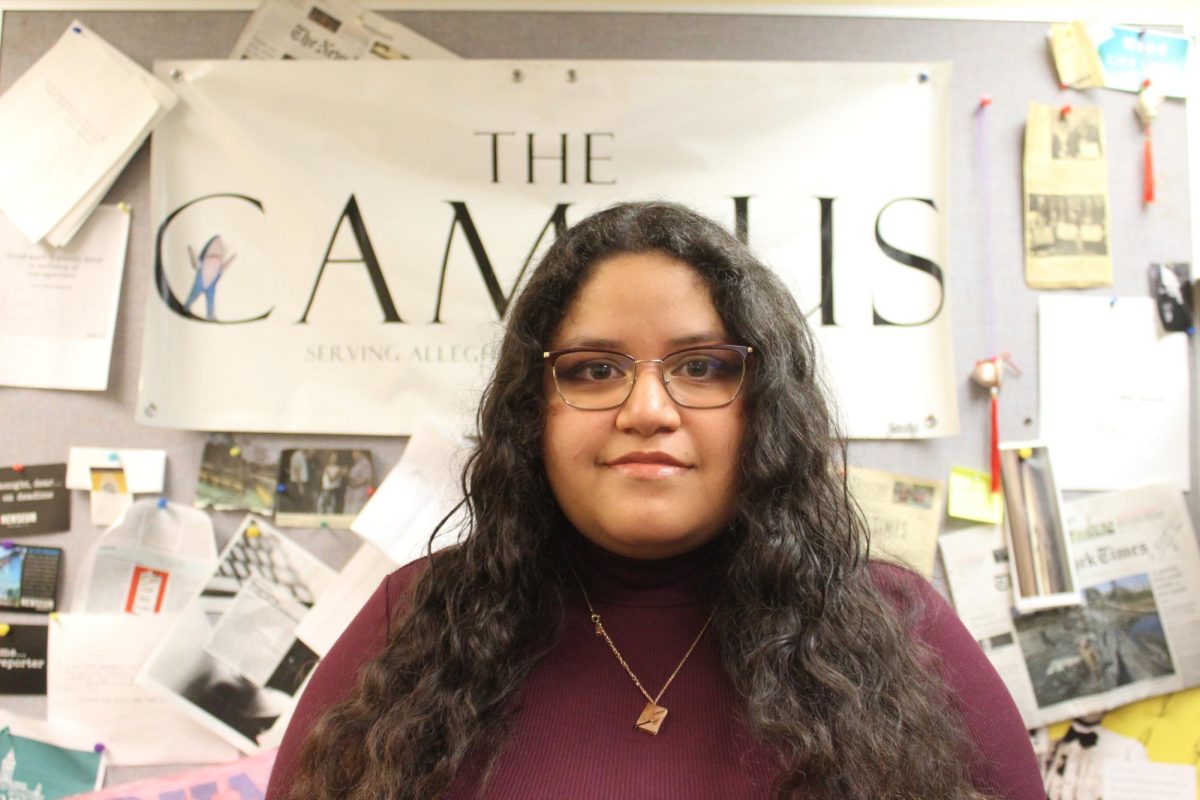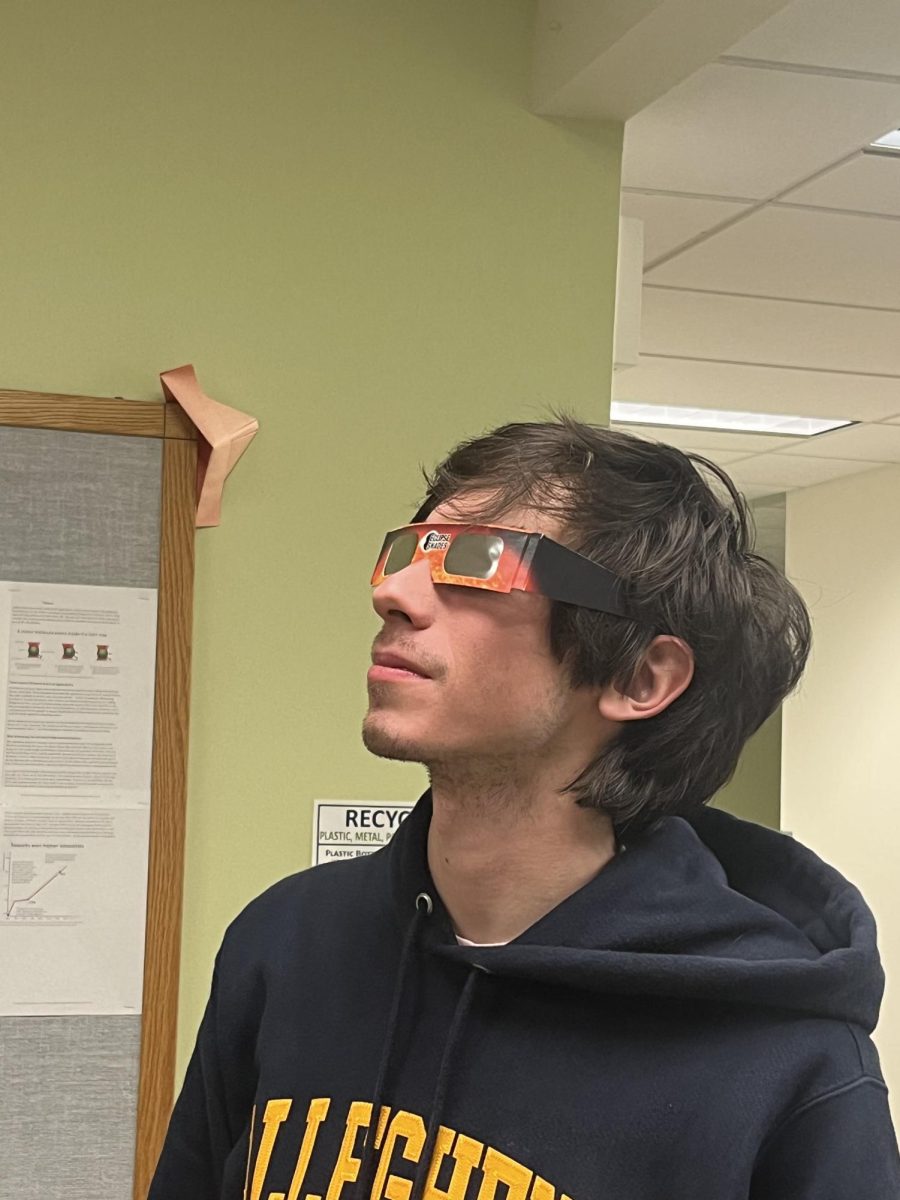By DANA D’AMICO
By the age ofthree, children can assemble a puzzle with four pieces. They can turn a door handle and climb the stairs with alternating strides. They can make simple choices and inferences about the world around her, and they can finally begin to pair objects with their noises. They might recognize a dog by its bark, for instance, or a door by the sound of its closing.
Some primates like olive baboons, capuchin monkeys and chimpanzees can also make basic auditory and visual inferences, but only as a result of elaborate training. Few other animals possess the same quality for inferential reasoning and multi-step deductions.
One kind of inference in particular has recently caught behavioral scientists’ interest: reasoning by exclusion (RE). In a reasoning by exclusion task, subjects make a choice indirectly by excluding its alternative.
A classic RE experiment had apes witness the placement of two different types of fruit beneath separate boxes. The animals were first allowed to observe a person eating one of the fruits and later made to choose a box.
In all cases, the apes preferred to choose the box under which they had seen the opposite piece of fruit being placed earlier. They likely noticed the fruit in the person’s hand, assumed that it must no longer be under the box, and chose the alternative fruit instead.
Scientists in Austria and Germany wondered if African Grey parrots might also be able to perform the kind of RE tasks that are the hallmark of ape-like higher level reasoning.
To find out, the scientists set up an experiment with a two-choice system. Two containers were placed in front of a grey parrot, but only one contained a walnut reward. The experimenter lifted and shook either one or both of the containers, and the previously untrained parrot was allowed to make a choice.
In most cases, the parrots chose correctly. They were able to detect the reward both by the the presence of noise in the correct container and the absence of noise in the incorrect container. For the first time, it became clear that parrots can complete RE tasks at the same level as human toddlers and primates.
Dr. Irene Pepperberg, professor of psychology at Brandeis University and lecturer at Harvard University, laid early foundation for Grey parrots as subjects for cognitive research. Pepperberg conducted work with a Grey parrot named Alex who, through extensive training, learned to identify shape, color, Arabic numerals and quantities.
Sometimes, Pepperberg would hold up a pair of identical objects.
“What’s the difference?” she would ask.
“Nah” he would say. None.
Alex’s recognition of the absence of a trait is impressive. Absence is an intangible idea that can be difficult for non-human species to recognize. RE tasks take that conceptual challenge a step further by requiring first the recognition of an object’s absence and next the inference of that object’s presence elsewhere.
This study is the first to suggest that non-primates have an innate ability to reason their way through certain tasks using auditory cues. What’s more –parrots outperformed primates by completing the task without prior training.
The performance difference is not because of parrots’ superior mental facilities, but because of different environmental and evolutionary pressures. Parrots likely respond better to auditory cues because sound factors into their social behavior in a way that it wouldn’t for primate behavior.
The primary purpose of aural cues in the wild remains unclear, but there’s no doubt that parrots embrace sound and vocalizations in captivity. Grey parrots often amuse their owners with their sweet, slightly off-balance imitations of the owners’ voice.
In fact, when they speak, a Grey parrot sounds almost like a jubilant toddler. It climbs across its cage to meet you and bobs its head to follow your finger. And though its brain is only about the size of a walnut, it is remarkable.








